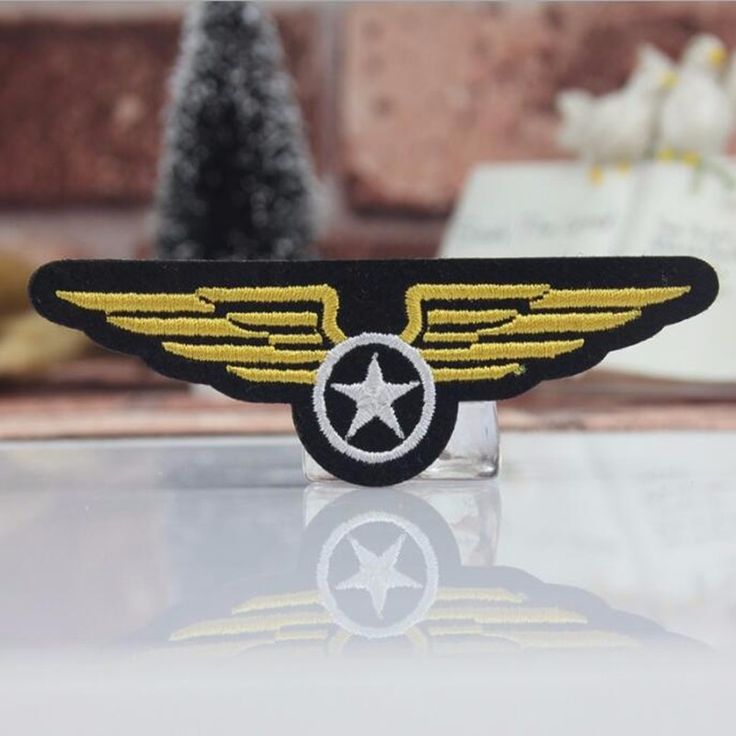
Choosing the Right Fabrics for Saudi Aviation Uniforms: Balancing Durability and Climate Comfort
Selecting the appropriate fabrics for aviation uniforms in Saudi Arabia is a critical decision that directly impacts crew comfort, performance, and the airline's brand image. The unique climatic conditions of the Kingdom, combined with the demanding nature of aviation roles, necessitate a careful balance between durability, climate comfort, and adherence to stringent safety standards.
Understanding the Demands on Aviation Uniform Fabrics
Aviation uniforms are subjected to rigorous conditions, including:
- Extreme Temperature Variations: From hot tarmacs to cool, pressurized cabins.
- Long Duty Hours: Requiring sustained comfort and appearance.
- Physical Activity: Demanding flexibility and ease of movement for pilots, cabin crew, and ground staff.
- Safety Requirements: Including flame resistance and anti-static properties in certain roles.
- Professional Appearance: Maintaining a crisp, smart look throughout the day.
Key Fabric Properties for Saudi Aviation
Breathability and Moisture Management
Given Saudi Arabia's predominantly hot and often humid climate, fabrics must offer excellent breathability. Materials that wick moisture away from the skin help keep crew members cool, dry, and comfortable.
- Natural Fibers: High-quality cotton and lightweight wool offer good breathability.
- Performance Synthetics: Advanced polyesters and microfibers designed for moisture-wicking.
- Blends: Combining natural and synthetic fibers to achieve optimal comfort and performance.
Durability and Longevity
Aviation uniforms undergo frequent wear and laundering. Durability is essential to maintain a professional appearance and manage costs effectively.
- High-Twist Yarns: Increase fabric strength and resistance to pilling.
- Reinforced Weaves: Such as twill or gabardine, offer better wear resistance.
- Colorfastness: Ensuring uniforms retain their color despite sun exposure and washing.
Climate-Specific Considerations for KSA
Adapting to the Saudi climate is paramount:
- Lightweight Construction: Reducing thermal load on the wearer.
- UV Protection: Fabrics with inherent UV-blocking properties.
- Easy Care: Garments that are easy to launder and require minimal ironing.
- Odor Resistance: Antimicrobial treatments can help in hot conditions.
Balancing Comfort with Professional Aesthetics
Wrinkle Resistance
Maintaining a neat appearance is crucial for airline branding. Fabrics with good wrinkle resistance, or those that recover quickly from creasing, are highly valued.
Drape and Fit
The fabric should allow for a smart, tailored fit that drapes well, contributing to a professional and authoritative look for pilots and a welcoming, elegant appearance for cabin crew.
Safety and Regulatory Compliance
Flame Resistance (FR)
For pilots and cabin crew, flame-resistant fabrics are often a regulatory requirement. These can be inherently FR or treated FR materials.
- Wool: Naturally flame-resistant.
- Modacrylic Blends: Offer good FR properties and comfort.
- Aramid Fibers: High-performance FR capabilities.
Anti-Static Properties
In environments with sensitive electronic equipment, anti-static fabrics are important to prevent electrostatic discharge. This is particularly relevant for ground crew and technical staff.
Sustainability in Aviation Fabrics
There's a growing trend towards sustainable fabric choices in the aviation industry:
- Recycled Materials: Using recycled polyester or other fibers.
- Organic Natural Fibers: Such as organic cotton.
- Eco-Friendly Production Processes: Reducing water and chemical usage.
Fabric Testing and Selection Process
Airlines typically undertake a rigorous selection process:
- Wearer Trials: Involving crew members to test comfort and practicality in real-world conditions.
- Laboratory Testing: Assessing durability, colorfastness, shrinkage, and safety properties.
- Supplier Evaluation: Ensuring consistent quality and supply chain reliability.
Conclusion: Fabric as a Foundation of Aviation Excellence
The choice of fabric for aviation uniforms in Saudi Arabia is far more than an aesthetic decision. It's a complex balance of comfort, durability, safety, and brand representation, all tailored to the unique demands of the Saudi climate and the global standards of the aviation industry.
By investing in high-quality, appropriate fabrics, Saudi airlines can ensure their crew members are comfortable, safe, and project an image of professionalism and excellence that aligns with the Kingdom's ambitious aviation goals under Vision 2030.
About the Author
Captain Omar Al-Fahad, a seasoned aviation professional with extensive experience in flight operations and crew management in Saudi Arabia, offers insights into the practical aspects of aviation uniform selection.